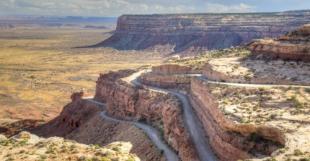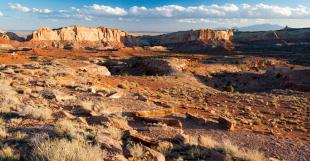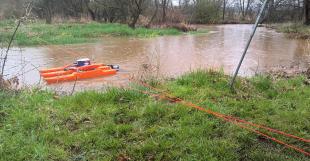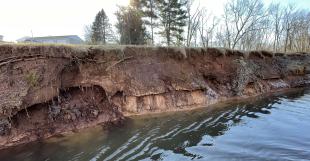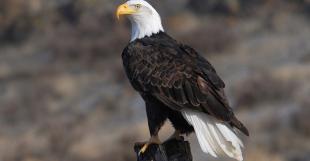Land and Water Conservation Fund - Diverting Money
Land and Water Conservation Fund Coalition
US Nationwide
The Trump administration wants to divert $387 million from a fund dedicated to expanding parks and outdoor access and use it for other expenses. This action would violate the law and put local conservation projects at risk.
- Trump released his 2026 budget request. Congress is now deciding on the 2026 budget. Passage of the budget will require 60 votes in the Senate. So we can defeat Trump's proposal if we take action.
- Origin & Funding History: Created by Congress in 1964, the Land and Water Conservation Fund (LWCF) channels offshore oil and gas lease revenues into parks, trails, and wildlife areas. It was permanently funded at $900 million annually via the Great American Outdoors Act in 2020.
- Nationwide Reach: The fund supports conservation in all 50 states - as you can see in this interactive map of LWCF projects. It funds initiatives in national parks, wildlife refuges, battlefields, local parks, ball fields, bike paths, and community playgrounds.
- Trump Budget Proposal: The FY 2026 Trump budget seeks to divert $387 million from conservation and recreation grants to deferred maintenance on federal lands.
- Violation of Law: The Great American Outdoors Act, explicitly directs LCFW money to be spent on land acquisition and recreation, not deferred maintenance.This means any attempt to redirect LWCF dollars toward maintenance violates the intention of the law.
- Conservation Threatened: The diversion would derail hundreds of local recreation and land-acquisition projects.
- The Land and Water Conservation Fund Coalition advocates specifically on behalf of the LWCF. Please follow them on social media Engage with their posts to boost their reach.
- Please call your representative and call your senators about the 2026 budget. Urge them to reject Trump's proposed diversion of LWCF funding.
